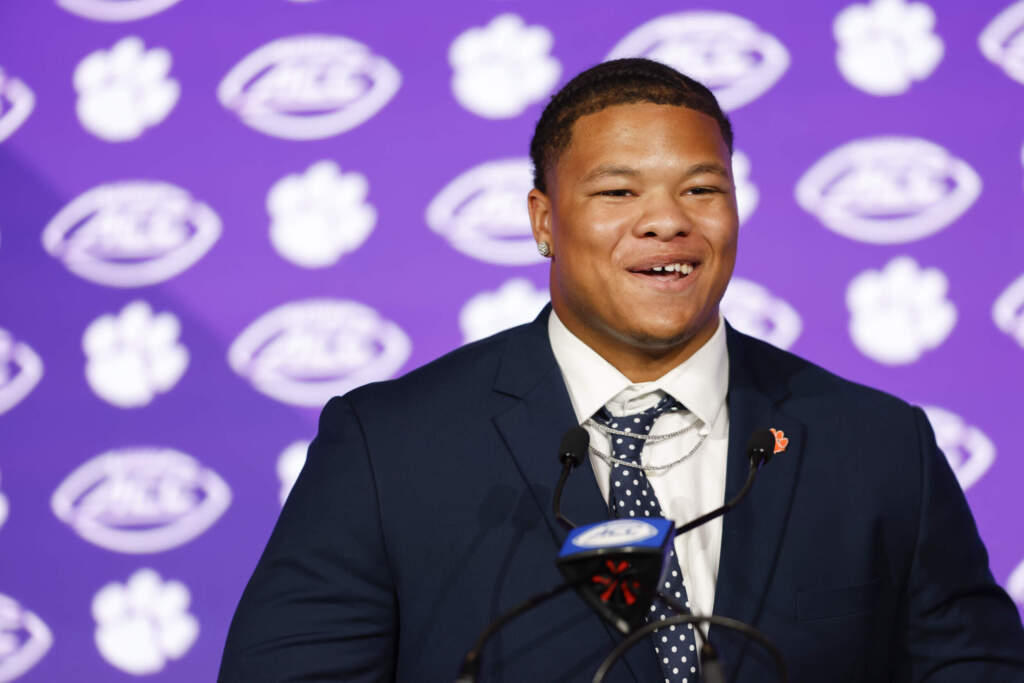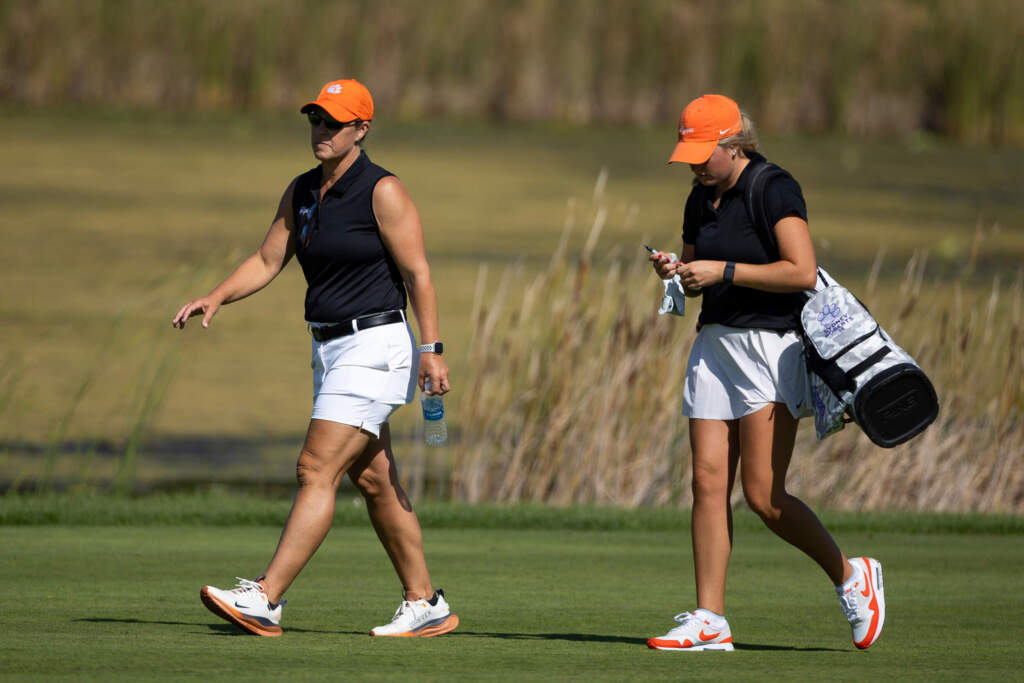Thomas Green Clemson believed that South Carolina needed an institution of higher education dedicated to science and agriculture. With his belief came the foundation that was laid for Clemson Agricultural College. On April 6, 1888, Thomas Clemson died, leaving most of his estate to the state of South Carolina with the purpose of establishing a college that would teach scientific agriculture and the mechanical arts to the young people of South Carolina.
The college formally opened its doors in 1893 with an enrollment of 446 students. As an all-male military school, the college quickly became recognized across the nation as an important part of the national system of state universities and land-grant colleges. In 1955 Clemson became a civilian co-educational college. As the school expanded its academic offerings and research pursuits, the state Legislature renamed the college Clemson University in 1964.
Today, Clemson is much more than Thomas Clemson could have ever envisioned.The campus is located on 1400 acres of beautiful rolling hills on what once was the plantation of former U. S. Vice-President John C. Calhoun. Landmarks such as Fort Hill, the former home of the Clemsons and the Calhouns, Tillman with its clocktower, the statue of Thomas Green Clemson and the outdoor amphitheater all help retain the air of tradition.
The Clemson Student *Almost 50 percent of last year’s entering freshmen participated in the Advanced Placement program with more than 50 percent receiving credit for one or more courses.
*There is plenty of room for individual attention in the classroom, Clemson features a student to instuctor ratio of 17/1. *Clemson features a competitive student body, and thus a degree that has meaning. Thirty percent of Clemson’s 1996 freshmen class ranked in the top 10 percent of their high school class and the average SAT of entering freshmen was 1128, higher than any other college in South Carolina.
*Clemson has a mentoring program to help students prepare and compete for Rhodes, Truman, Marshall, or Fulbright Scholarships.
*Clemson’s total enrollment of 16,537 represents 50 states and 80 foreign countries.
*More than 450 employers interview Clemson students on campus each year through the University’s Career Center. *The Clemson family includes a mentoring and support network of over 80,000 alumni worldwide.
The Clemson Education *Money Guide’s 1996 Issue of “Your Best College Buys Now,” ranks Clemson in the top 30 nationwide and the top 10 in the Southeast among the Nation’s best college values.
*Clemson features a diverse curriculum, there are 74 undergraduate degree programs and 71 graduate degrees.
*Average class size is 31 students.
*Clemsons five different colleges include: Agriculture, Forestry, and Life Sciences; Architecture, Arts, and Humanities; Business and Public Affairs; Engineering and Science; and Health, Education, and Human Development. *With the goal of maintaining the vision of Thomas Clemson, the school continues to place importance on the studies of agriculture, scientific, technological, and business courses. These courses and others help the Clemson student prepare for life in our fast-paced and changing society.
*Calhoun College, the Clemson Honors Program, strives to enrich the educational experience of highly motivated, academically talented students by providing opportunities for scholarship and research not ordinarily available to undergraduates. Established in 1962, Calhoun College is the oldest and largest honors program in South Carolina.
*Clemson classes are demanding and many of the academic programs have received national recognition. *Clemson University is a land-grant, state-assisted university accredited by the Commission on Colleges of the Southern Association of Colleges and Schools to award the bachelors, masters, specialist and doctoral degrees.
*Clemson was one of the two South Carolina institutions to be selected for inclusion in America’s 100 Best College Buys, 1997-98.
*Clemson is the only state-supported institution in South Carolina to be recognized in the1997-98 edition of Peterson’s Competitive Colleges: Top Colleges for Top Students.
*Our Finance Department is among the best in the nation- listed ahead of such schools as Yale and Penn State- according to the Journal of Finance.
*Our Management Department is ranked among the top 10 in the nation by Decisions Sciences Institute in research productivity in production and operations management.
*Our Department of Parks, Recreation and Tourism Management ranks among the top three of its kind in the nation.
*PRTM students participate in Sports Management internships with professional sport organizations such as the Carolina Panthers and Philadelphia Phillies.
The Clemson Faculty *Clemsons student-to-faculty ratio of 17-to-1 gives the faculty the opportunity to interact with many of their students on a one-to-one basis. Critical thinking, problem solving, creative learning, and self-development are just a few of the things emphasized in the Clemson classroom.
*More than 30 Clemson faculty were honored in 1996 on a national, state, or campus competitive basis for excellence in teaching, research, or advising.
*Faculty members at Clemson come from a wide range of backgrounds. Over 500 institutions of higher learning that promote excellence in teaching, research, and scholarship are represented among the Clemson faculty. *Eighty-six percent hold earned doctoral degrees, the highest degree in their field, and many have achieved special academic recognition. Many have also been honored by colleagues and students as master teachers for their excellence in the classroom and by the Outstanding Educators of America.
*When a student enrolls at Clemson, the interaction between student and faculty solidifies as each student is assigned a faculty adviser in his or her chosen field of study. The faculty adviser will assist the student with class scheduling and academic counseling throughout his or her stay at Clemson as well.
*Clemson is among the top 15 universities in the nation in generated revenue from patents and intellectual properties according to the Wall Street Journal/Southeast Journal.
The Clemson Facilities Take a walk around the Clemson campus and you will see plenty of construction activity.
The main University library, Robert Muldrow Cooper Library, is situated in the heart of campus. The library has become one of the national leaders in automated information retrieval. Its bibliographic records are accessible from anywhere in the world electronically, easing the task of finding information in its collections, which total more than 1.7 million items. Numerous periodical indexes are housed on-line and available for automated searching. The collections are particularly strong in agriculture, natural and physical sciences, economics and technology. Of special interest are the James F. Brynes and Edgar A. Brown Rooms which have the collections of papers of these statesmen.
*A cornerstone of the University is its computer facilities. Clemsons computer center, which supports student course work and research in all disciplines, is also used by government and industry. The center provides general computing services on a network. Remote sites housing more than 1,600 terminals and 600 microcomputers are conveniently located in many different areas of campus. International and national telephone modem access is also available.
*All students are assigned a user identification code when they enroll, which allows them to use the various mainframe applications such as electronic mail, job placement service, library card catalog and information databases, and housing and course registration.
*The $12.5 million Robert Howell Brooks Center for the Performing Arts opened recently. The facility brings an exciting array of fine arts productions to the University, while working to make the arts accessible to a new and larger audience.
*Recently finished was the newest student residence facility, McCabe Hall. McCabe replaces a portion of Johnstone Hall and serves students with new updated comfortable dormitory living in an attractive building inside and out.
*One of the newer buildings on campus is the Flour Daniel Engineering Innovation Center. The campus is also in the process of constructing a new student activities building, a facility that will be just a few hundred yards from the new John Walker Golf Course.
*The Office of Career Services and Placement can help with planning and finding summer and full-time employment. The office assists in career counseling and planning, searching for a job, preparing resumes and developing job interview strategies. Resources include staff expertise, books, videotapes and literature provided by companies and agencies. Clemson has developed one of the best automated placement systems in the country, allowing students to research employers and sign up for interviews from any mainframe computer terminals on campus.
*The Office of Career Services doesnt just serve the needs of seniors; it serves all students and alumni. Interest tests and interactive computer programs help students explore their career interests. Also, if incoming freshmen are unsure about which major to choose, the Career Center can offer information on career choices, testing and interpretation for career direction.
The Clemson Experience Whether its walking to the Agriculture Sales Center to have a milkshake or taking a stroll through the State’s Botanical Gardens or even taking part in a pick-up basketball game at Fike Recreation Center, there are plenty of activities for Clemson students when they are not in the classroom.
*Clemson has more than 230 student organizations that are active on campus, including 23 social fraternities and 14 social sororities. There are organizations related to every course of study – groups such as the Accounting Club, the Society of Women Engineers, and the American Institute of Architects. For students who enjoy writing or photography, the Tiger, the campus newspaper, TAPS, the university yearbook; or the Chronicle, the student variety magazine, are available.
*Located in the University Union are the offices of the student government. Student government gives students the opportunity to influence campus policy. Also in the University Union is the campus entertainment center. There are lounges, bowling alleys, video games, billiard tables, and Edgars all located at the campus entertainment center.
*Fike Recreation Center has a host of opportunities for students to let off steam through physical activity. Inside Fike is an eight-lane swimming pool, a diving tank, two gyms used for basketball and other activities, various weight lifting facilities, and room for aerobics. Outside Fike are several spacious fields used for the extensive intramural program and for student enjoyment. There are indoor and lighted outdoor tennis courts across the street from Fike at the Hoke A. Sloan Tennis Center.
Clemson,SC — The Town The signs on the side of the highway as you enter the Clemson city limits say “Clemson: In Season Every Season.” From the point of view of most Clemson graduates, the seasons this slogan speaks of are football, basketball, baseball, etc. But a drive through town in the middle of spring, when the azaleas and dogwoods are in full bloom, or a walk through campus in October, when the trees are blazing in the brilliant colors of autumn, will leave little doubt that Clemson is indeed in season, every season.
Nestled in the foothills of the Blue Ridge Mountains and caressed by the shores of the beautiful Lake Hartwell, Clemson is located in the northwestern corner of South Carolina, two hours north of Atlanta, GA, and two hours southwest of Charlotte, NC. The town may not be one of the state’s largest most days of the week, but on many autumn Saturdays, it becomes the second-largest city, as 81,000 fans come from all directions to watch the Tigers play football, but the friendly residents of Clemson and the surrounding towns welcome the visitors home each year with a true dose of southern hospitality.
Clemson is steeped in history. The university campus is located on what was Fort Hill Plantation, home of John C. Calhoun, one of the great statesmen of the 19th century, and of his son-in-law, Thomas Green Clemson. The house, which was built in 1806, stands in the center of campus and is open to the public. Also on the Clemson campus is a 1716 low country French Huguenot home, Hanover House, which was transported to Clemson in 1941. Just a mile or so down the road, is the Pendleton Historic District, where several other antebellum homes are open to the public. The entire village of Pendleton is on the National Register of Historic Places.
The area boasts a great variety of restaurants, ranging from the downtown barbeque and hamburger spots, to the historic Liberty Hall Inn and Calhoun Corners. Any palate or budget can find something to his or her liking, as over 50 eating establishments are located in the Clemson/Pendleton/Central area. The area adopts Clemson Fever, as Tiger Paws are omnipresent on local billboards and entrances.
The mild climate of the foothills lends itself to many outdoor activities throughout the year. Clemson has excellent and ample facilities for tennis and golf, fishing, swimming or hiking, white water rafting, and various other pursuits.
And, when one wants to leave Clemson, they don’t have far to go to find whatever they are looking for. Professional sports are only a couple of hours away in Atlanta and Charlotte. Clemson was the home of the NFL’s Carolina Panthers for eight regular season and two exhibition games in 1995.
For sun and fun, its an easy interstate drive to the coast of South Carolina, to Hilton Head Island, Myrtle Beach, or even historic Charleston. All kinds of water sports are right at the campus’ back door, as a 926-mile shoreline borders the edge of campus. And for those who enjoy cooler climates, the mountains of North Carolina are only an hour’s drive away.
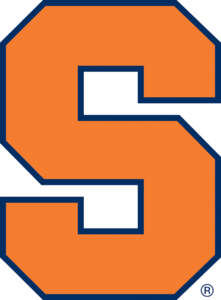 Syracuse
Syracuse 
 Virginia
Virginia  Florida State
Florida State  Wake Forest
Wake Forest  Miami (Fla.)
Miami (Fla.)  Alabama
Alabama  Tennessee
Tennessee  Charlotte
Charlotte  USC Upstate
USC Upstate 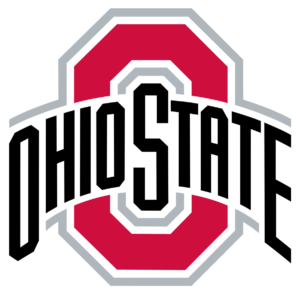 Ohio State
Ohio State  Georgia State`
Georgia State`  Ohio University
Ohio University  Virginia Tech
Virginia Tech  Indiana
Indiana  Tiger Classic
Tiger Classic  South Carolina
South Carolina  South Carolina
South Carolina  Campbell
Campbell  UAB
UAB  East Tennessee State
East Tennessee State  LSU
LSU  South Carolina
South Carolina  App State
App State  North Carolina A&T
North Carolina A&T  Charlotte
Charlotte  Pittsburgh
Pittsburgh  Troy
Troy  Georgia
Georgia  Cougar Classic
Cougar Classic  Georgia
Georgia  VCU
VCU  Stanford
Stanford  Elon
Elon 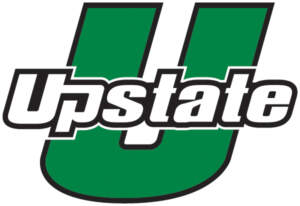 USC Upstate
USC Upstate  Georgia Tech
Georgia Tech  Wofford
Wofford  SMU
SMU 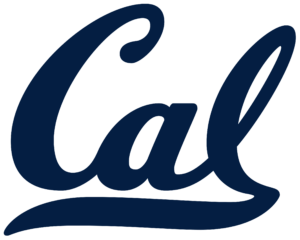 California
California  Queens
Queens  Georgetown
Georgetown  Norfolk State
Norfolk State  Louisville
Louisville  Charleston Southern
Charleston Southern  Mason Rudolph Championship
Mason Rudolph Championship 

